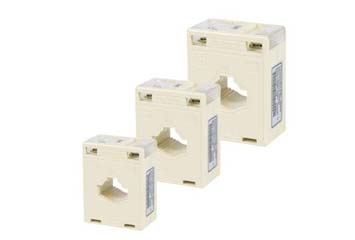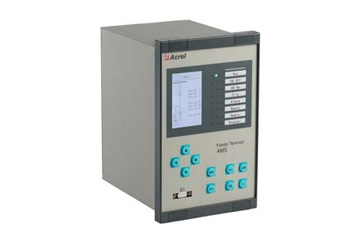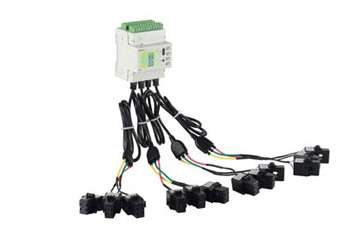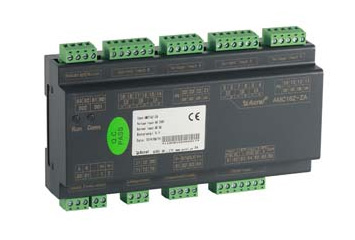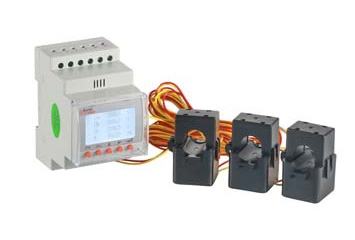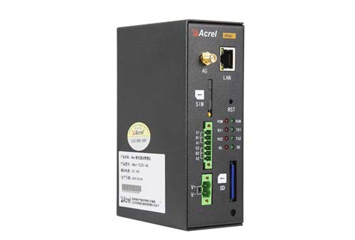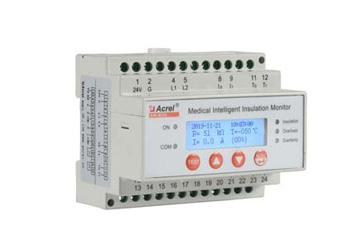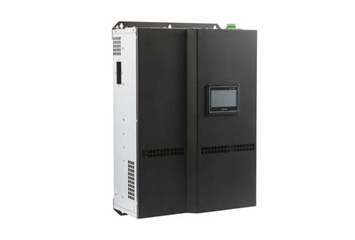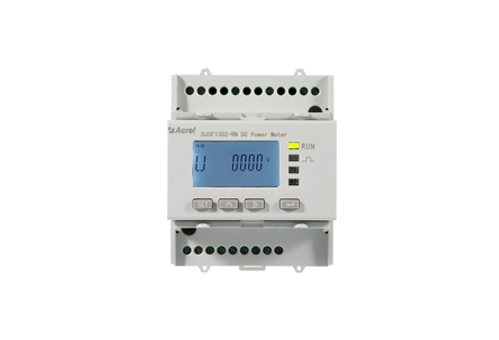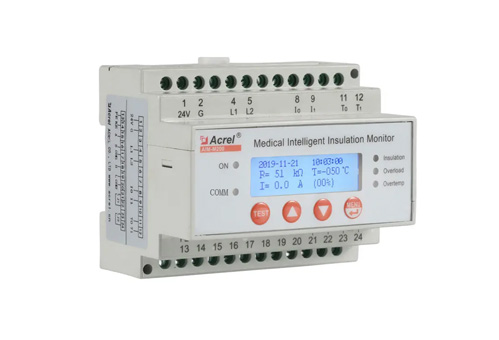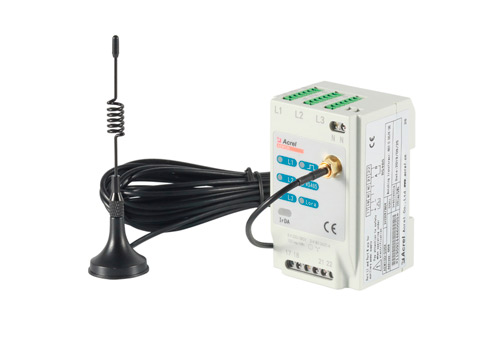Leakage relay is a protective device used to detect whether equipment has leakage and convert it into a switch signal. Generally, leakage relays are made into switches with certain breaking capacity and are self-contained. Commonly used leakage relays can be divided into the following three categories according to their operating principles.
Common current leakage relay
The working principle of the common current action relay, also known as the numerical leakage relay, is relatively simple. When the synthesized vector value of the leakage current signal in the circuit exceeds the rated action value of the leakage relay, the relay sends a signal to cut off the power supply. The drawbacks of this leakage relay are that it cannot distinguish between sudden and gradual leakage signals, and there is a large leakage protection dead zone for unbalanced three-phase lines (the phase that is not sensitive to electric shock). This leakage relay has a simple structure and is more suitable for leakage protection of lines with lower insulation level, small leakage current (generally below 30mA) or relatively balanced three-phase leakage current values with small synthesized total leakage current in the line.
Pulse current leakage relay
The pulse current action leakage relay, also known as the differential-type leakage relay, works based on the instantaneous change of the ground current in the circuit. For non-sudden current signals, such as the inherent leakage current of the line itself with a certain value, as long as it does not exceed the action upper limit value set by the product, the relay will not work. This type of leakage relay has higher adaptability to the power grid than the common type, with a larger protection range, and can be used as the total leakage protection for lines with small leakage current (the total leakage current of the protected line is less than 75mA). However, it cannot completely overcome the impact of the electric shock phase, and there is still a significant dead zone in the leakage protection area of lines with larger leakage current.
Phase and amplitude current identification leakage relay
This type of product uses the characteristic that the phase difference between the three-phase currents is 120° to sample and track the leakage signal fixed at a certain phase angle. Through the phase and amplitude identification circuit comparison and judgment method, it can respond correctly to any surge current signal of any phase in the three-phase line, and its action is independent of the phase of the leakage current in the line. For the total leakage current of the line, the relay also sets an upper limit value, and if exceeded, it will trip off.
This leakage relay eliminates the drawback of insensitive phases in common current and pulse current leakage relays, and has ideal operating characteristics. It is particularly suitable for lines with poor insulation level, large leakage current and complex electricity consumption load in rural areas, and can be used as the total protection for personal electric shock and line and equipment leakage.
 English
English
